How to clean a stainless steel sink – 5 steps to a streak-free shine
Discover how to clean a stainless steel sink so it sparkles like it’s brand new
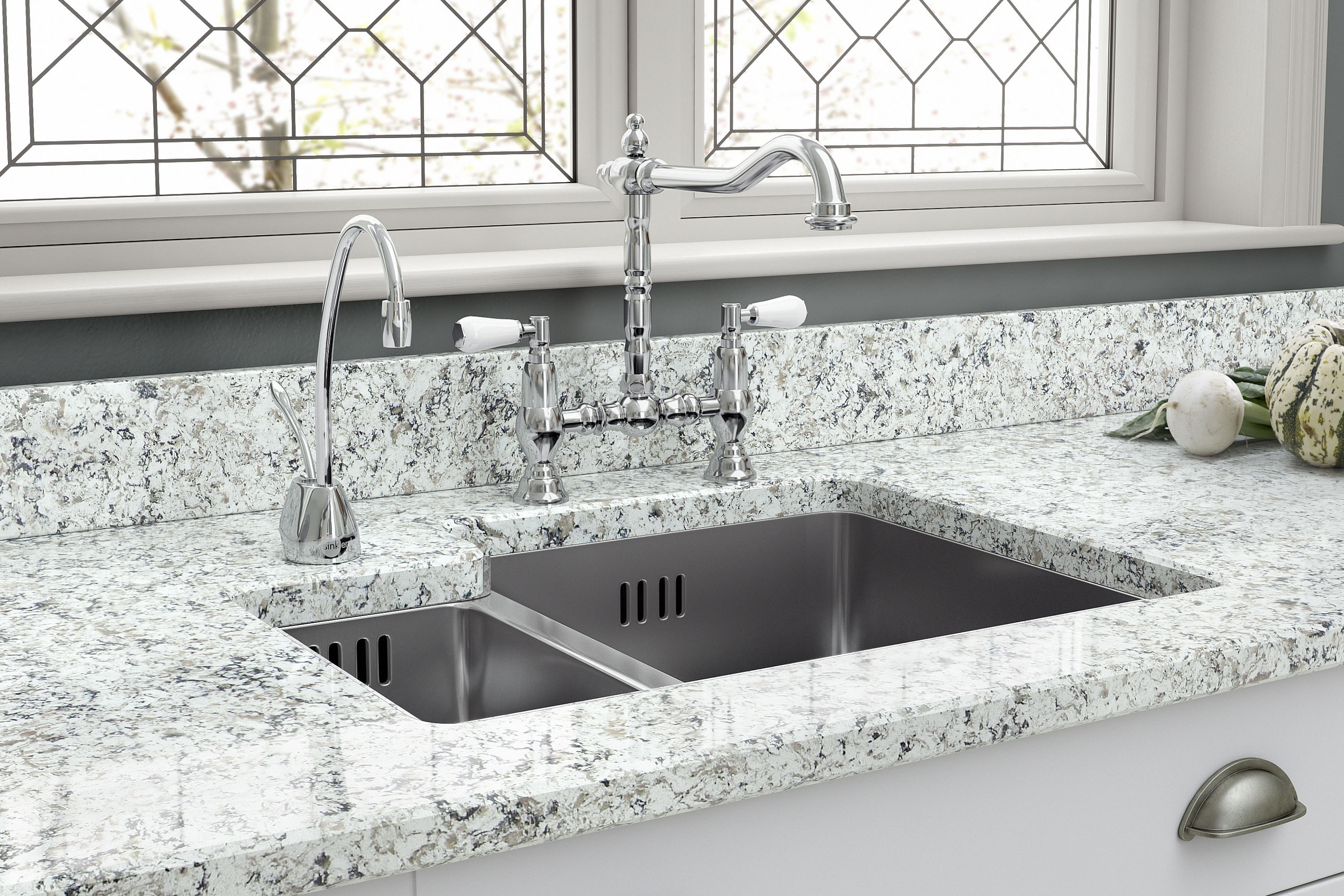

It’s such a hard-working part of your kitchen, it‘s no wonder knowing how to clean a stainless steel sink thoroughly is important – both for hygiene and to keep it looking its best.
Despite its name, stainless steel can become stained over time, as well as accumulate limescale, so it loses its sparkle and looks grimy. And with all manner of liquids and more going down the drain, regular cleaning is a must to keep up kitchen hygiene.
These cleaning tips for a sink made from stainless steel will restore its good looks and make it fresh while caring for the material.
How to clean a stainless steel sink
A kitchen cleaning checklist should always include a stainless steel sink so it remains pristine. Stainless steel’s name refers to the fact that it resists corrosion, but it can definitely become stained, and limescale can build up, too, plus like any kitchen surface, you’ll want it hygienic. The method for making it so is a little different from that for cleaning stainless steel appliances, and here’s how to clean a stainless steel sink.
1. Rinse a stainless steel sink
A stainless steel sink is no exception to the rules for cleaning a kitchen sink and needs to be free of any food debris before you begin to clean it. Stainless steel resists the growth of bacteria and mold, but it does need to be cleaned of any food scraps for good hygiene – and it’s also worth doing because these will attract pests to the kitchen.
Likewise any grit needs to be removed from the sink. Start cleaning with this in situ and you run the risk of scratching the stainless steel surface.
Make sure any scraps are cleared from the sink drain, too.
2. Use a sponge and dish soap
Using dish soap is an effective way to clean a stainless steel sink. You’ll also need an anti-scratch sponge. ‘Never use wire wool or an abrasive pad to clean a stainless steel sink,’ says Lucy Searle, global editor in chief of Homes & Gardens. ‘These can scratch the material.’ Apply the dish soap solution with a sponge to clean, then rinse.
As an alternative to dish soap, a general purpose kitchen cleaner can do the job – but check it is suitable for use on the material – or a special stainless steel cleaner. We like Therapy Stainless Steel Cleaner & Polish from Amazon. Use any product according to instructions, which may include leaving it to work before using a cloth or sponge.
3. Remove stains from a stainless steel sink
If dish soap or your chosen cleaning product hasn’t removed the stains on a stainless steel sink, baking soda can come to the rescue. Sprinkle onto a damp sink then use a non-scratch cloth or sponge to tackle the stains. Follow the grain of the stainless steel as you work, and rinse thoroughly when you’re done.
4. Remove limescale from a stainless steel sink
If you live in a hard water area, limescale deposits can build up on a stainless steel sink, compromising its appearance. Look to pantry ingredients to get rid of it: a stainless steel sink is one of the things you can clean with vinegar.
Use a spray bottle to apply a 1:1 solution of distilled white vinegar and water, leave for a minute or two, then wipe and rinse; do not leave it longer because the vinegar may damage the stainless steel over time.
‘It’s worth rinsing and drying the sink every time you use it to prevent the buildup of limescale,’ says Lucy Searle.
You can use this method to remove rust from stainless steel, too.
5. Alternative ways to clean a stainless steel sink
For a clean and shiny stainless steel sink, you might want to check out these tips from Jessica Samson, cleaning expert at The Maids.
Club soda Simply fill a spray bottle full of club soda and spray down the sink. Be sure to wipe dry with a microfiber cloth and always wipe in the direction of the grain of the sink.
Vinegar and oil Put some vinegar in a spray bottle. Spray down your sink. Use a microfiber cloth to wipe in the direction of the grain and clean the sink. Rinse well. When it is clean and streak free, take the cloth and dip it in olive oil or baby oil. Wipe the sink down in the direction of the grain with the oil. This will add a protective shine to your sink and stainless steel.
Dish soap and oil Mix up a small amount of dish soap and warm water. Apply the solution to the sink with the spray bottle and wipe clean with a microfiber cloth. Always wipe in the direction of the grain and finish the sink off with some oil to add a protective shine to your sink. This will leave it sparkling clean.
What is the best cleaner for stainless steel sinks?
Dish soap is a great cleaner for stainless steel sinks, and one you’ll already have to hand. If you prefer to use a specialist product, Sara San Angelo aka The Cleaning Lady says, ‘Bar Keeper’s Friend is the best thing I've used to clean stainless steel sinks. It is non-abrasive and will not harm the finish. And your sink will shine like new!’
What will damage stainless steel?
Steel wool, scrubbing brushes and abrasive sponges can all damage stainless steel. Avoid abrasive cleaners, too. Never use bleach or a cleaner with chlorine either and, for the record, don’t use oven cleaner on a stainless steel sink. Make sure to work with the grain, too, rather than across it.
Sign up to the Homes & Gardens newsletter
Design expertise in your inbox – from inspiring decorating ideas and beautiful celebrity homes to practical gardening advice and shopping round-ups.

Sarah is a freelance journalist and editor. Previously executive editor of Ideal Home, she’s specialized in interiors, property and gardens for over 20 years, and covers interior design, house design, gardens, and cleaning and organizing a home for Homes & Gardens. She’s written for websites, including Houzz, Channel 4’s flagship website, 4Homes, and Future’s T3; national newspapers, including The Guardian; and magazines including Future’s Country Homes & Interiors, Homebuilding & Renovating, Period Living, and Style at Home, as well as House Beautiful, Good Homes, Grand Designs, Homes & Antiques, LandLove and The English Home among others. It’s no big surprise that she likes to put what she writes about into practice, and is a serial house renovator.
-
 5 surprising but brilliant ways to clean with old socks – from perfectly buffing stainless steel to deterring pests naturally and more
5 surprising but brilliant ways to clean with old socks – from perfectly buffing stainless steel to deterring pests naturally and moreTackle dust in tricky corners, clean your mirrors and even banish bad odors with those rogue single socks
By Andy van Terheyden Published
-
 How to grow astilbe – expert advice on cultivating this shade-tolerant flowering perennial
How to grow astilbe – expert advice on cultivating this shade-tolerant flowering perennialShade-tolerant and pest-resistant - astilbe are hardy and tough perennials that can thrive in many settings
By Ellen Wells Published
-
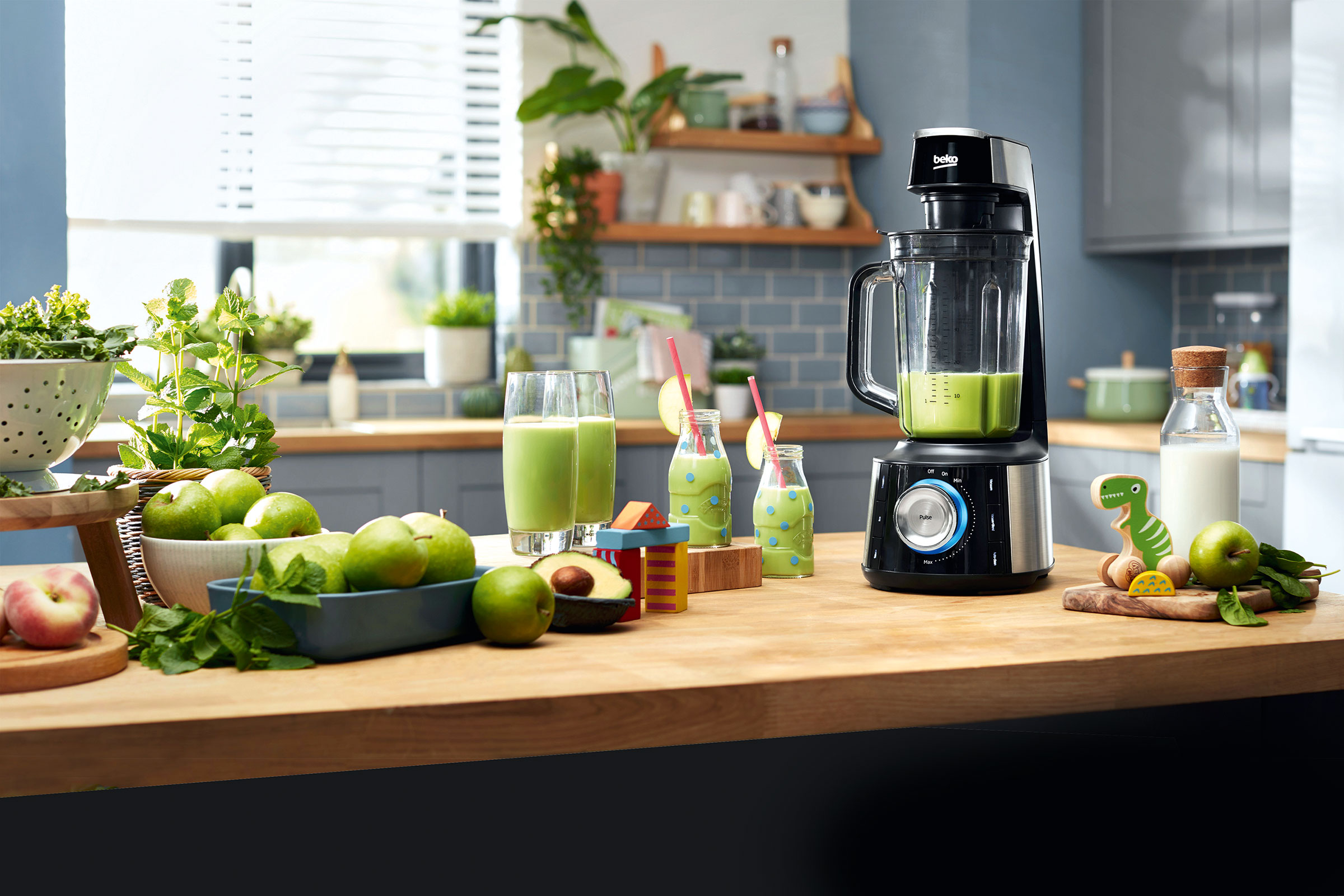 How to clean a blender – keep it hygienic and make it last
How to clean a blender – keep it hygienic and make it lastIt’s a hard-working kitchen appliance, so find out how to clean a blender with our guide
By Linda Clayton Published
-
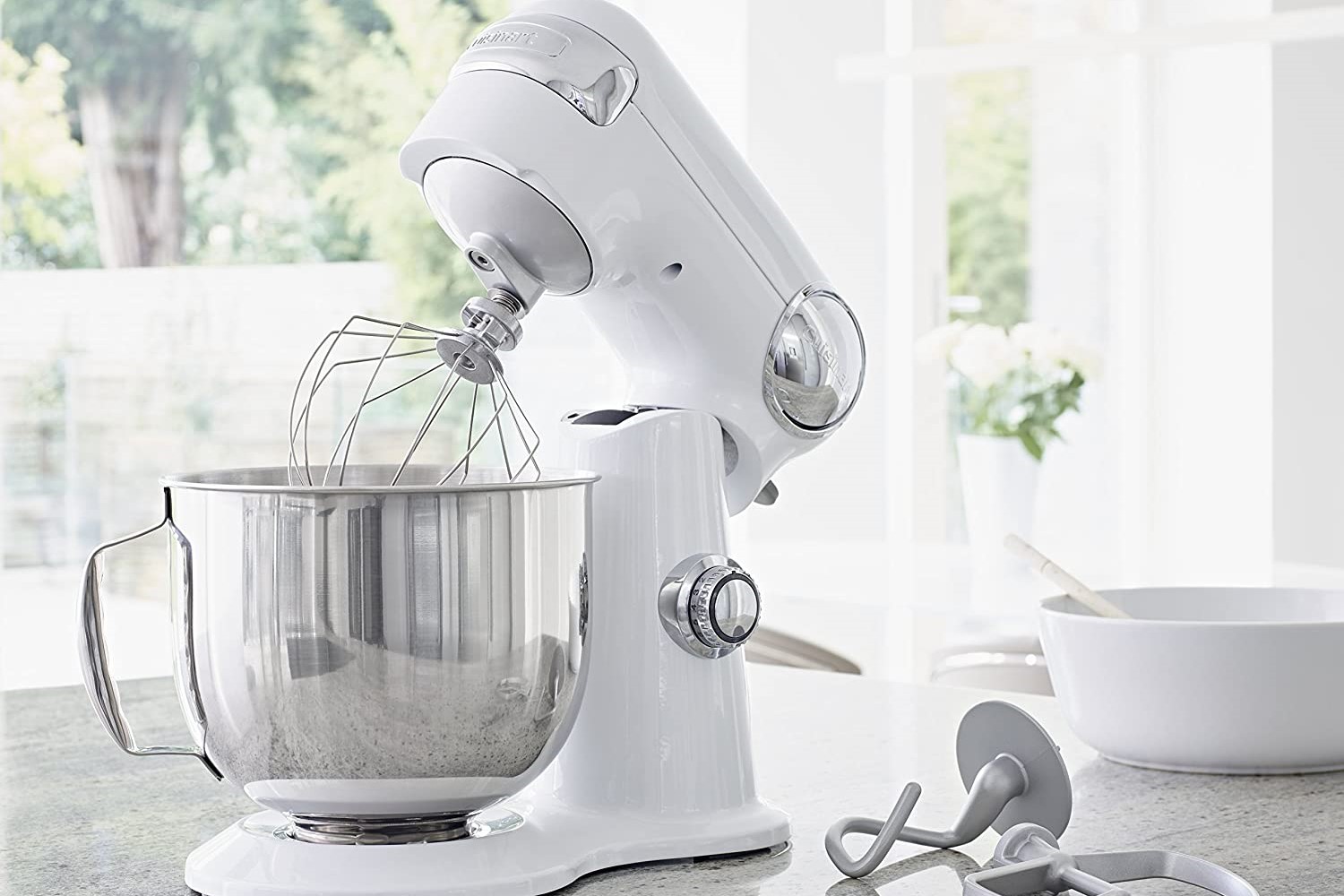 How to clean a stand mixer – 5 simple steps to streak-free shine
How to clean a stand mixer – 5 simple steps to streak-free shineWondering how to clean a stand mixer? We've condensed the process into 5 simple steps. Here is everything you need to know...
By Millie Fender Published
-
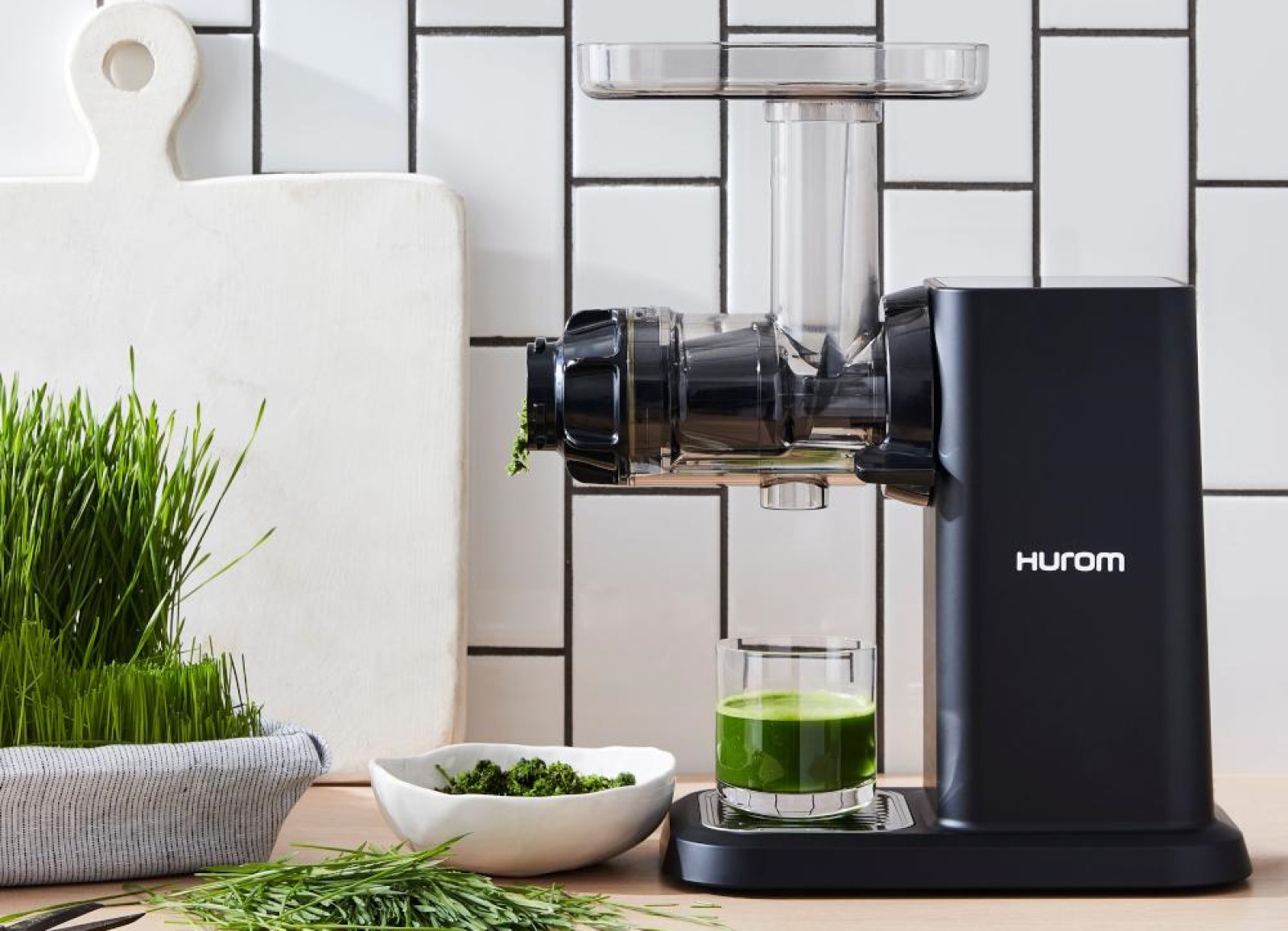 How to clean a juicer – 5 tips to make juicing clean and easy
How to clean a juicer – 5 tips to make juicing clean and easyIncluding advice for centrifugal and cold press juicers, here is how to clean a juicer
By Millie Fender Last updated
-
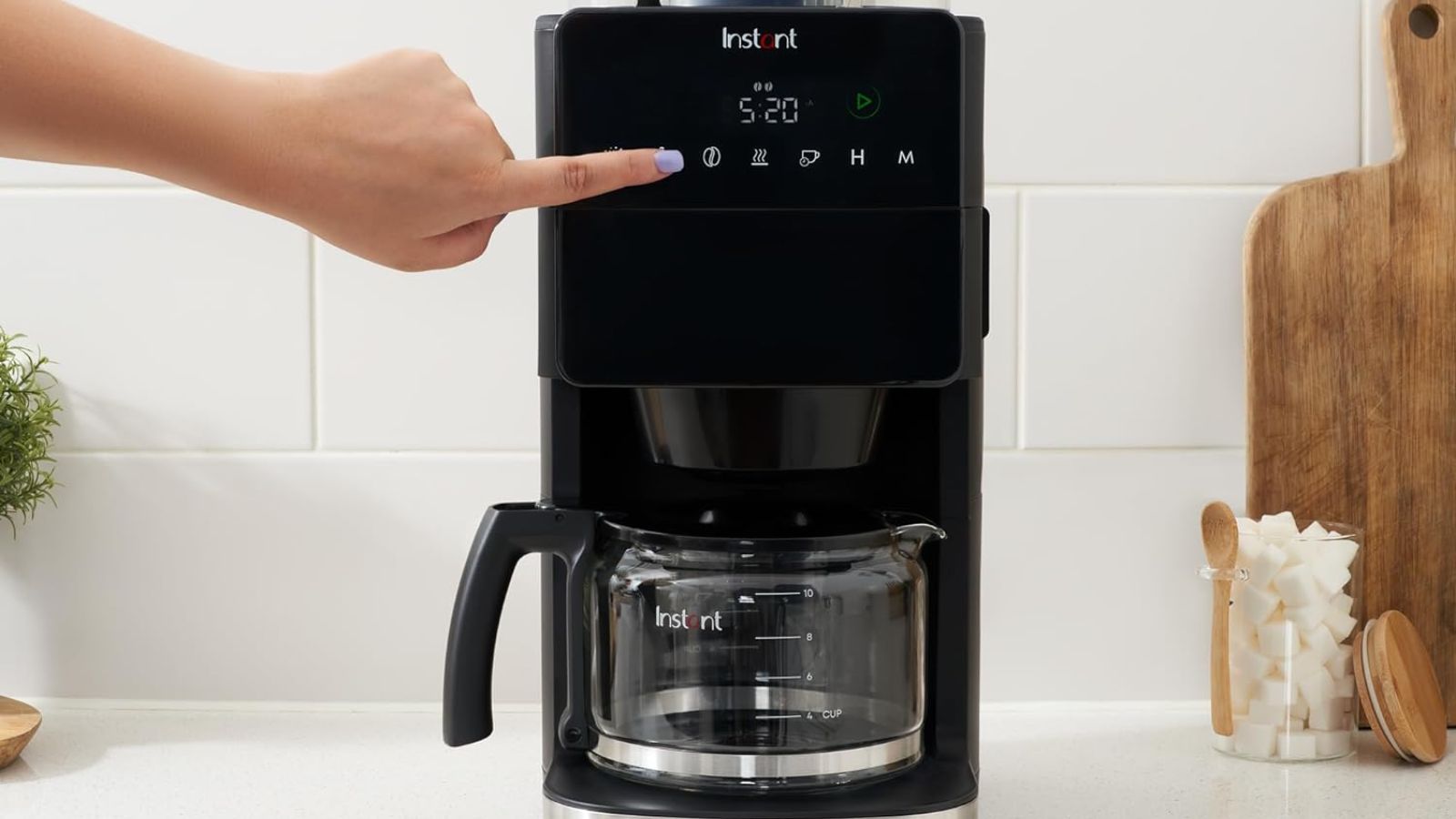 How to clean a coffee maker – and why you shouldn't use vinegar
How to clean a coffee maker – and why you shouldn't use vinegarThis is when and how to clean a coffee maker for the best-tasting brews, and why vinegar can damage your machine
By Ruth Doherty Last updated
-
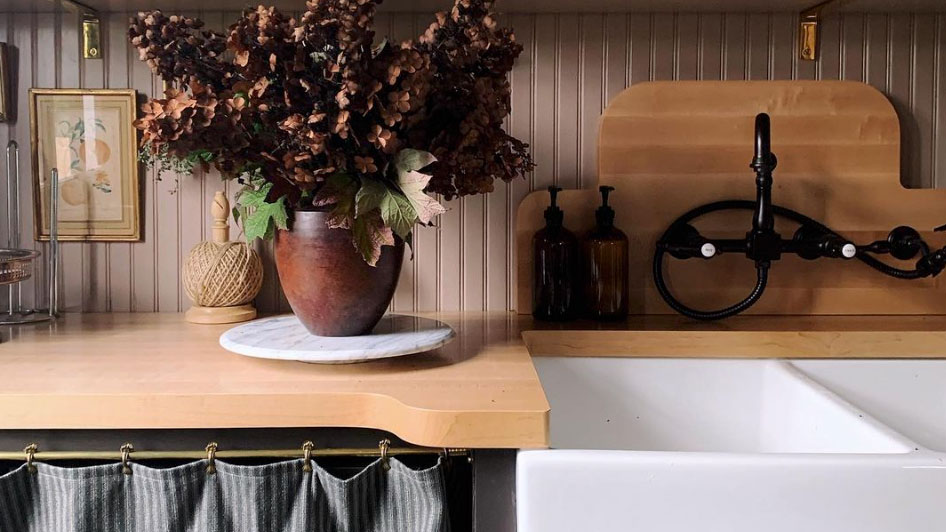 Using white vinegar in laundry – to deodorize and brighten clothes quickly
Using white vinegar in laundry – to deodorize and brighten clothes quicklyThinking of using white vinegar in laundry? This simple ingredient will leave you with soft, odorless clothes, instantly
By Megan Slack Published
-
 How to clean a microwave – easy ways to get it spotless with vinegar, lemon and more
How to clean a microwave – easy ways to get it spotless with vinegar, lemon and moreDiscover the experts’ advice on how to clean a microwave and rid it of debris, splashes, and lingering odors
By Sarah Warwick Last updated
-
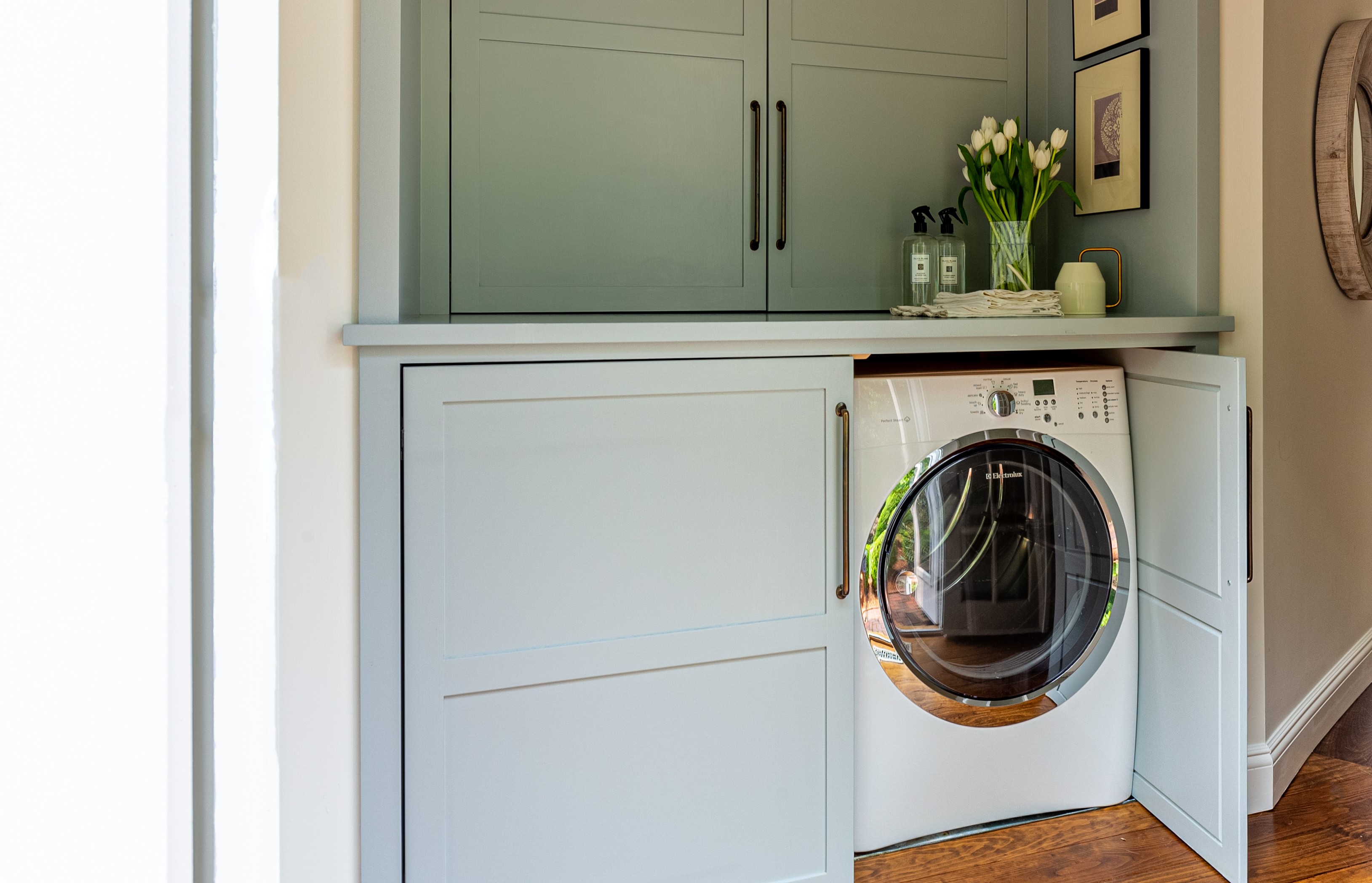 How to clean a washing machine – and maximize its lifespan
How to clean a washing machine – and maximize its lifespanLearning how to clean a washing machine will ensure it delivers its best results and lasts for longer, too
By Lucy Searle Last updated
-
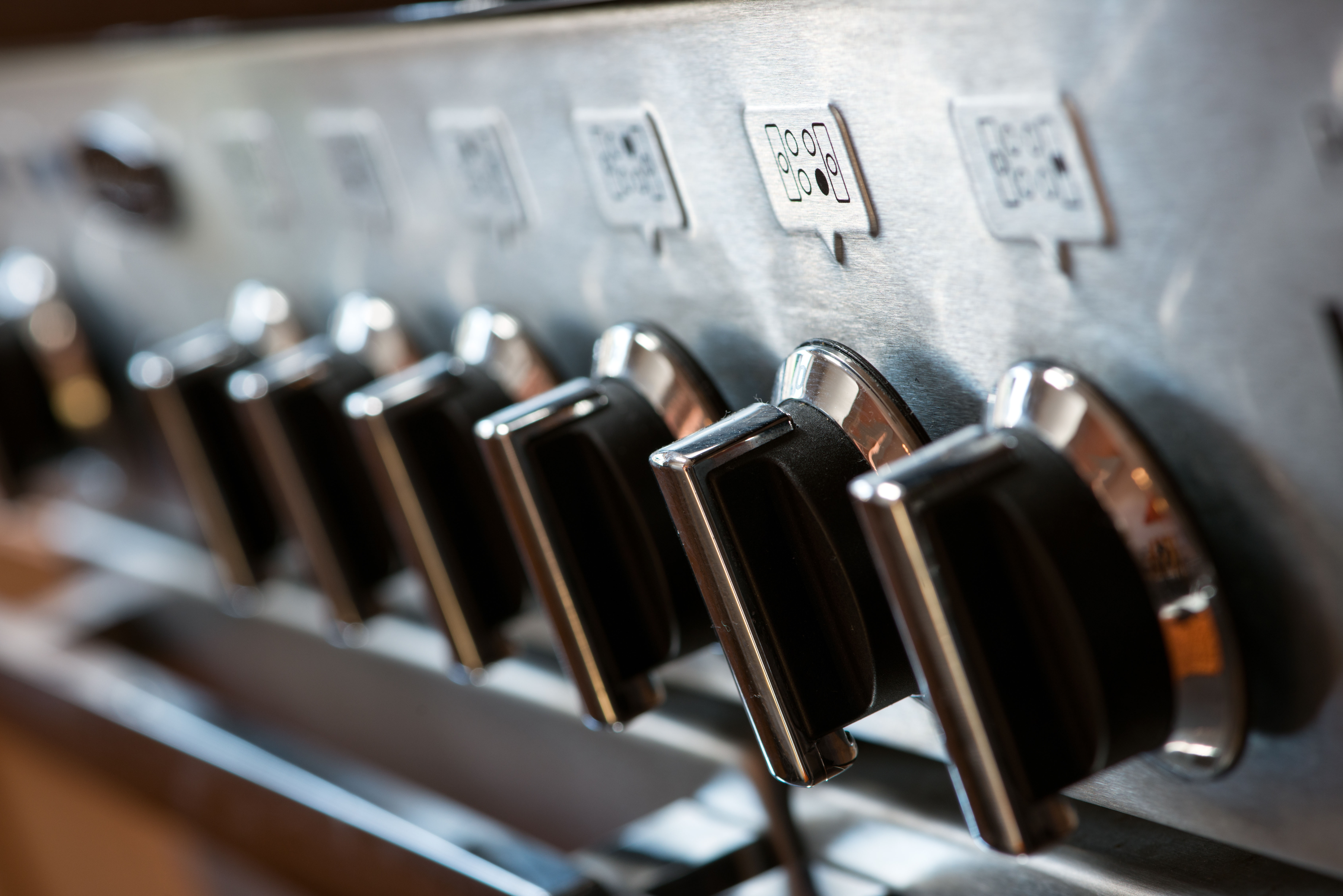 How to clean an oven – an expert guide
How to clean an oven – an expert guideCleaning an oven needn't require chemicals – it's a job that can be tackled with baking soda, lemon juice and even steam. Here, we take you through all the easiest methods
By Ginevra Benedetti Published